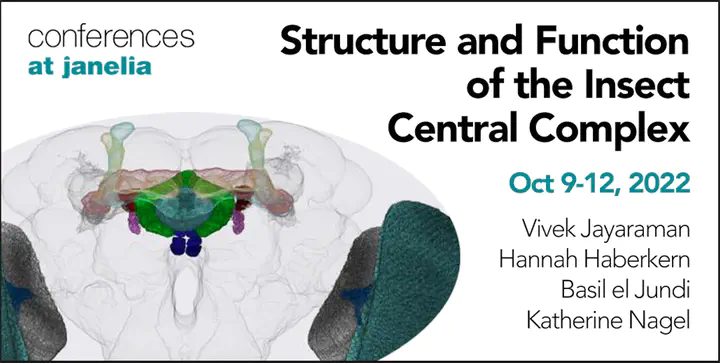How the fan-shaped body can integrate differential familiarity for route following in desert ants

Abstract
The function of the central complex (CX) has been related to either tracking the head direction of the animal (e.g., relative to a global cue or self-motion) or tracking a target location (e.g., their home). The latter has been suggested to be implemented by the PFN neurons of the fan-shaped body (FB), and it can also affect steering and holonomic motion through the PFN>PFL3 and PFN>PFL2 output pathways respectively. The downstream of PFNs, input from the lateral horn (LH) and mushroom body output neurons (MBONs) to the CX seems to also be integrated, through FB tangential neurons.
This work proposes a computational model, where inputs from the LH and MB extend the capabilities of the CX, and support the visual route-following behaviour as observed in desert ants. Through tangential neurons, these connect to FC or vΔ columnar neurons (downstream of the hΔ neurons) that estimate the target velocity. Visual experiences are stored in the MBs; we assume that changes in the MBON activity signal when the animal is on or off the route (i.e., familiarity). FB tangential neurons can use this information to selectively gate the FC update, allowing route following based on the observed familiarity. The oscillations force the MBON activity to accumulate in the FCs that represent different directions and build-up onto activity bumps that guide the animal along the learnt route.